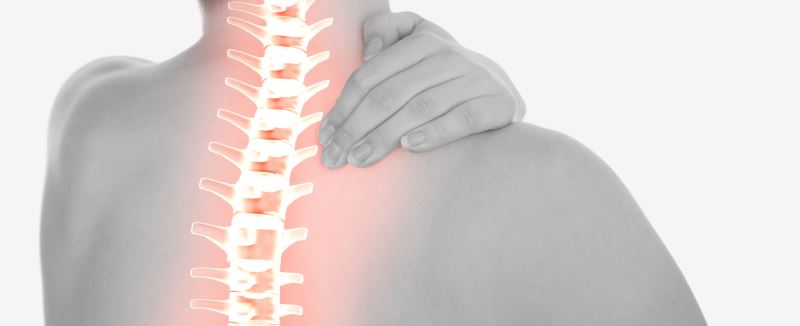The Causes, Symptoms & Treatment Options For Spinal Disc Tears
Category: Spine | Author: Stefano Sinicropi

We’ve talked a lot about bulging or herniated discs on our blog, but those aren’t the only injuries that a disc can suffer. You can also tear a disc, and that can lead to a great deal of back pain. In this blog, we’re going to take a closer look at how a disc tears, and how the condition is treated.
Causes and Symptoms of Disc Tears
Before we get into the causes of a disc tear, let’s explain what makes up a disc. A spinal disc is comprised of a strong outer ring of fibers called the annulus fibrosus, which encircle a soft, jelly-like center called the nucleus pulposus. We often use the example of a jelly-filled donut to help patients visualize a basic version of their spinal discs.
A disc tear occurs when the outer layer of the disc is torn without rupturing the nucleus at the center. Imagine tearing off a bit of that jelly donut without getting to the jelly center. The torn part is still attached to the disc, and the nucleus hasn’t been breached, but the disc is damaged. Also, since the outer one-third of the disc’s annulus ring is filled with pain fibers, a tear is typically a pretty painful experience. Causes of tears include acute trauma, like what someone may experience during athletic activity or a car accident, repeated physical stress from years of manual labor, or it can happen as a result of the natural aging process and disc degeneration.
Symptoms of a torn spinal disc include:
- Back or leg pain
- Pain that worsens when seated compared to standing
- Numbness
- Muscle spasms
- Shooting pain similar to sciatica
Diagnosing and Treating Torn Spinal Discs
If you suspect that you’ve suffered a torn disc, head to your spine specialist’s office. There, they’ll conduct a diagnostic exam to get to the bottom of your spine pain. This will involve asking questions about your injury, a physical exam and usually imaging tests. A discography or MRI can help reveal where the source of pain is, and what condition is causing it.
A torn disc is usually treated by developing a comprehensive conservative care plan. This usually involves a combination of targeted physical therapy, low-impact exercise routines and stretches, anti-inflammatory medications and rest from certain activities. The goal of treatment is to avoid overstressing the area all while working to strengthen the torn disc and the nearby structures. Performed over the course of a few weeks, the vast majority of patients notice pain relief, and many of them fully recover. However, if the disc herniates or the tear doesn’t heal correctly on its own, a minimally invasive operation to fix the disc or remove the damaged area can help provide noticeable relief. Your surgeon can walk you through the specifics of this operation should it be necessary.